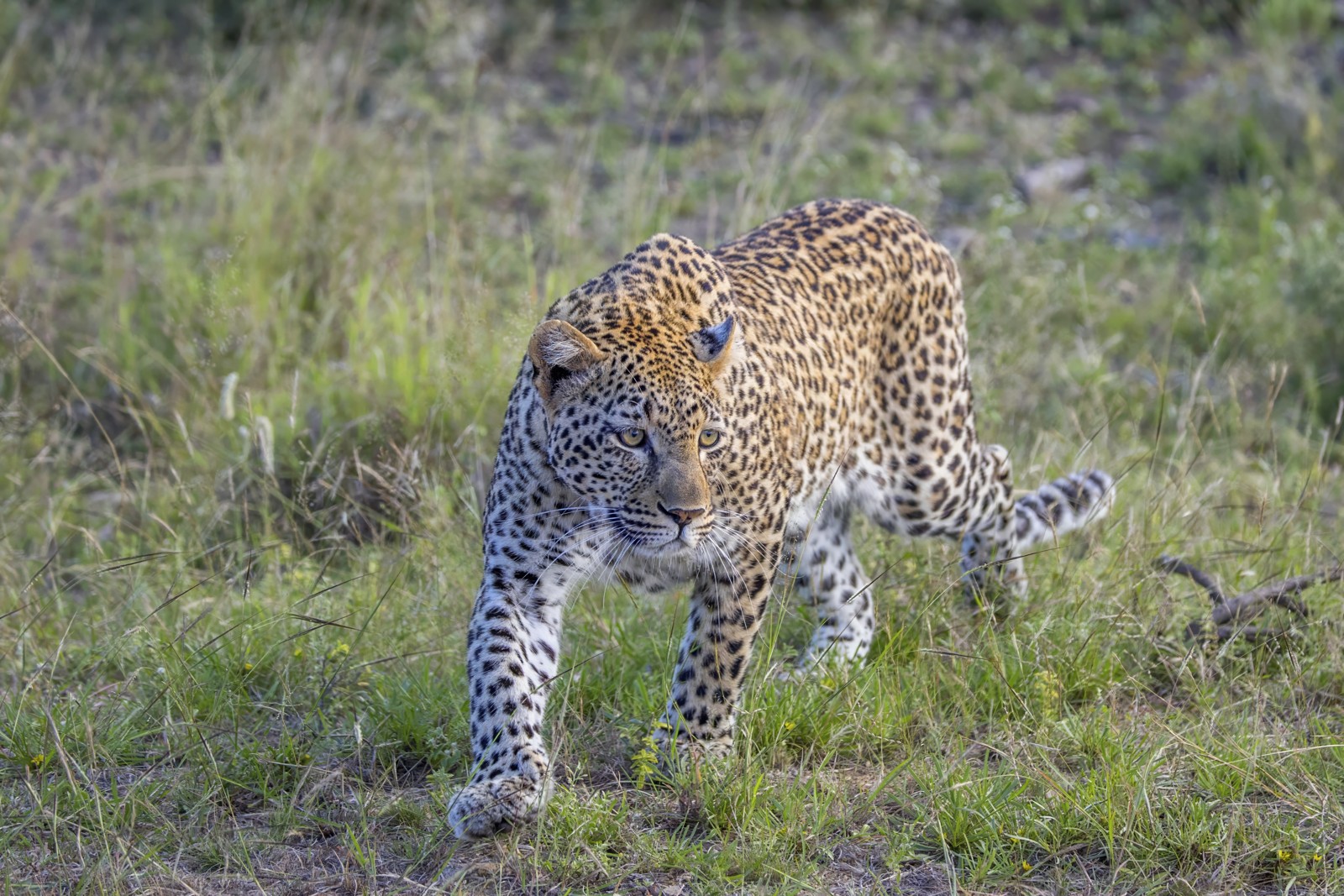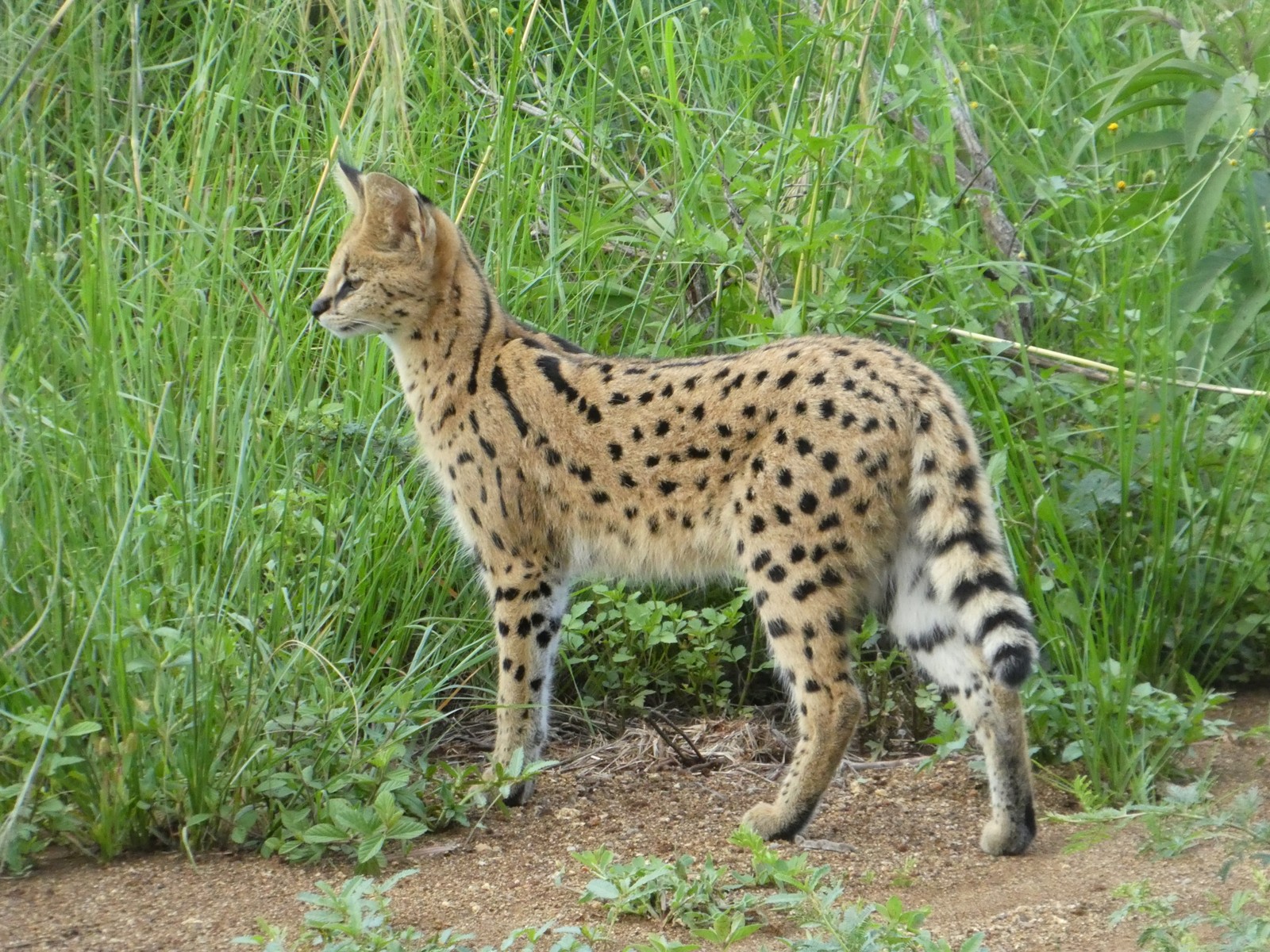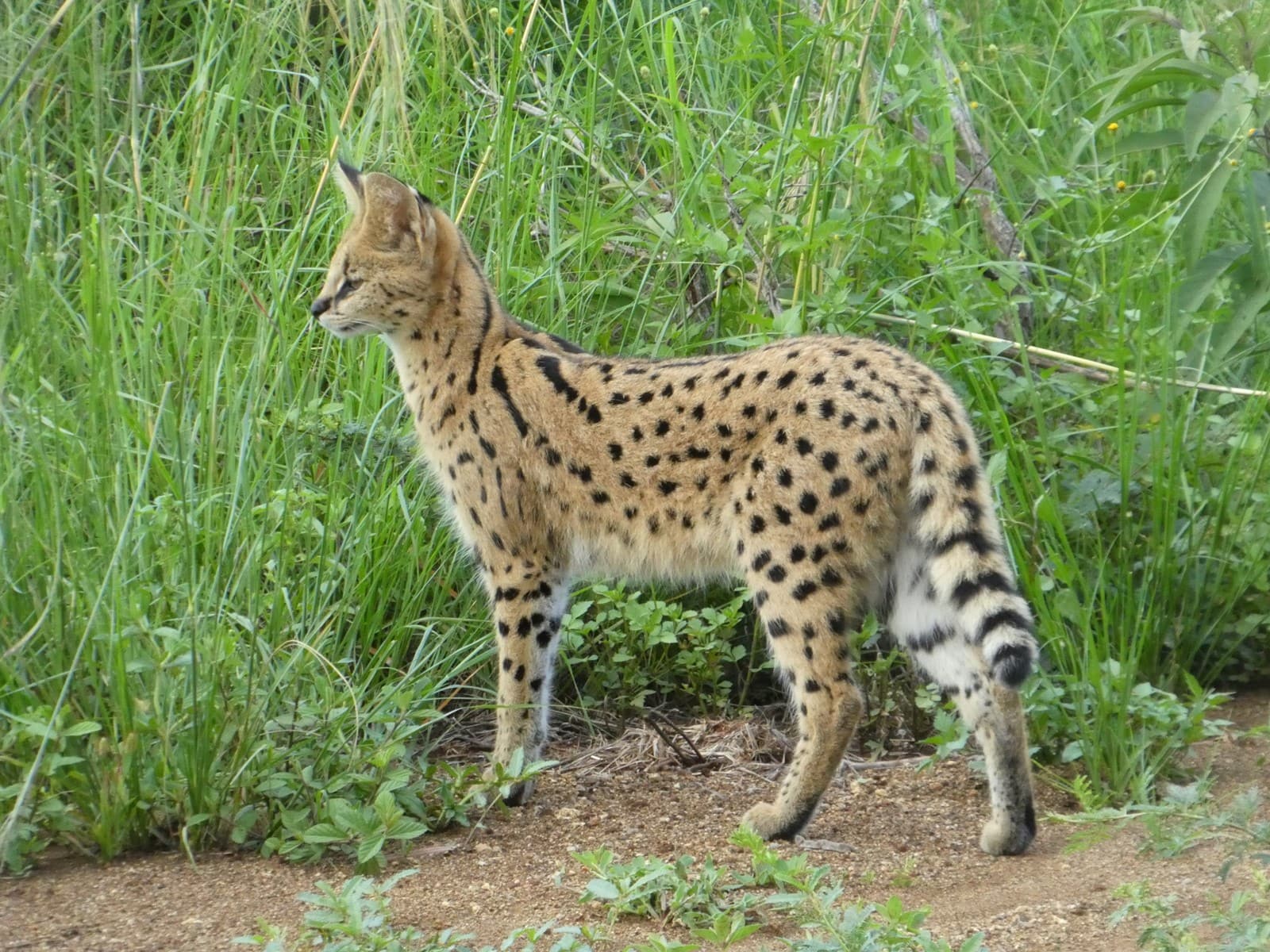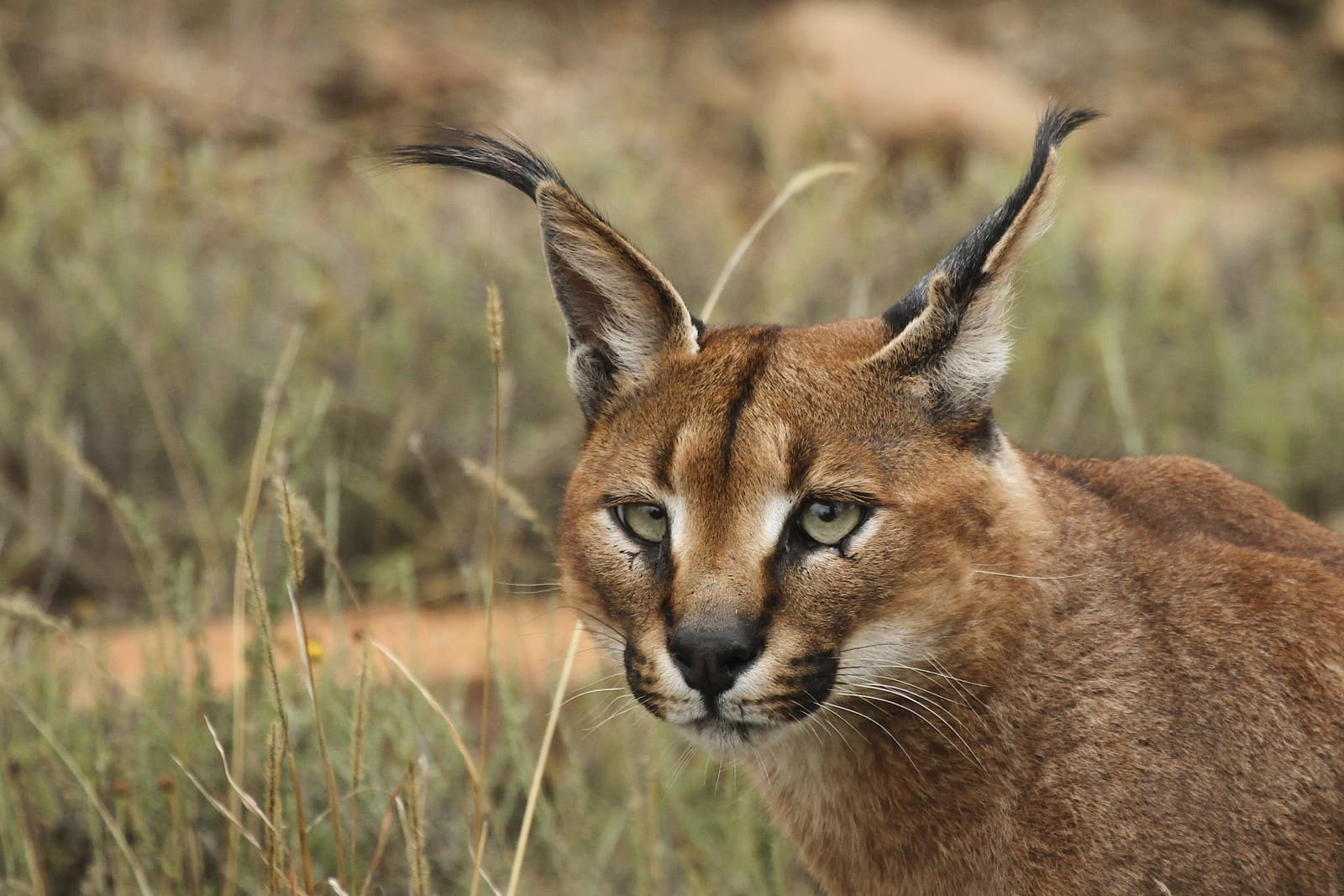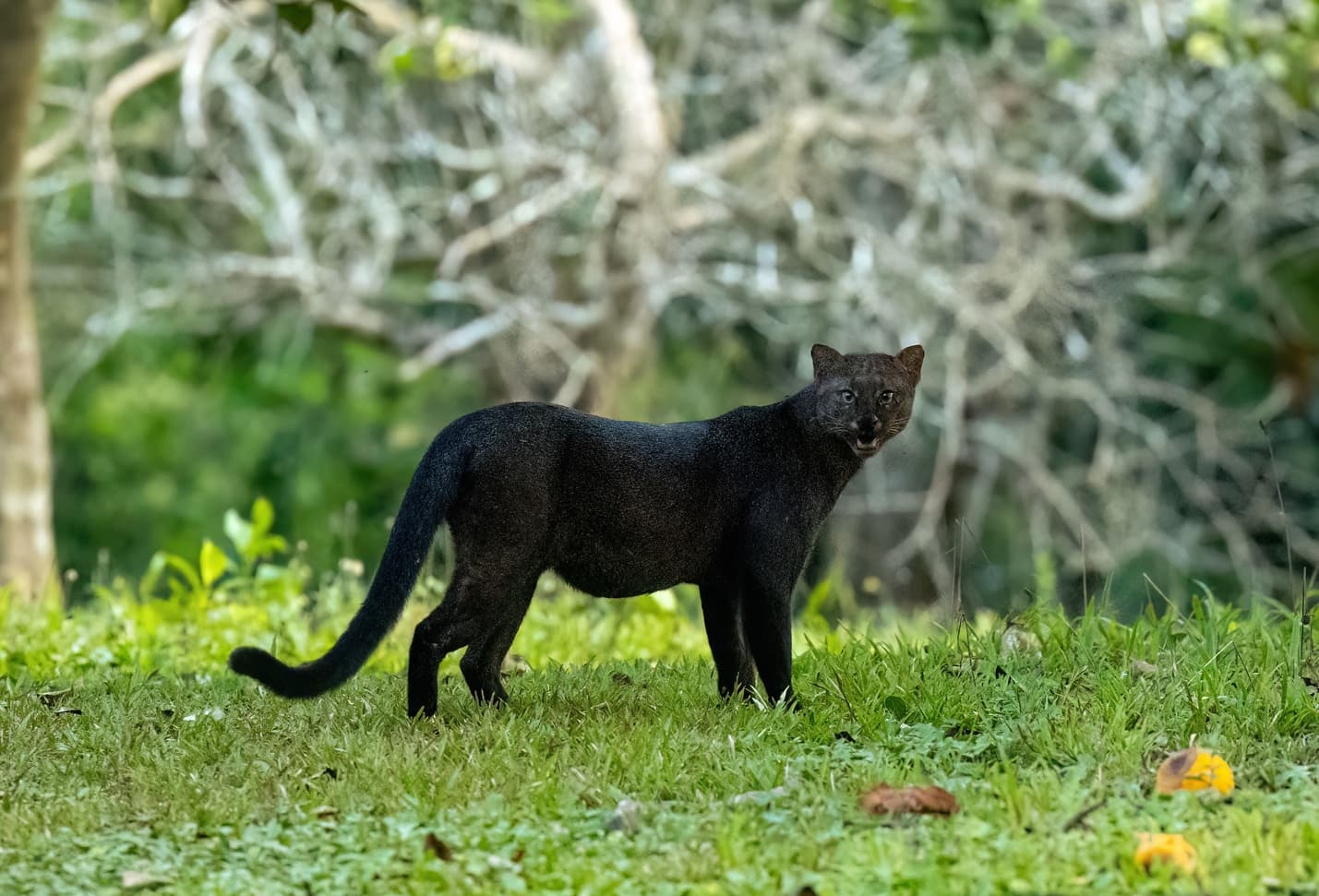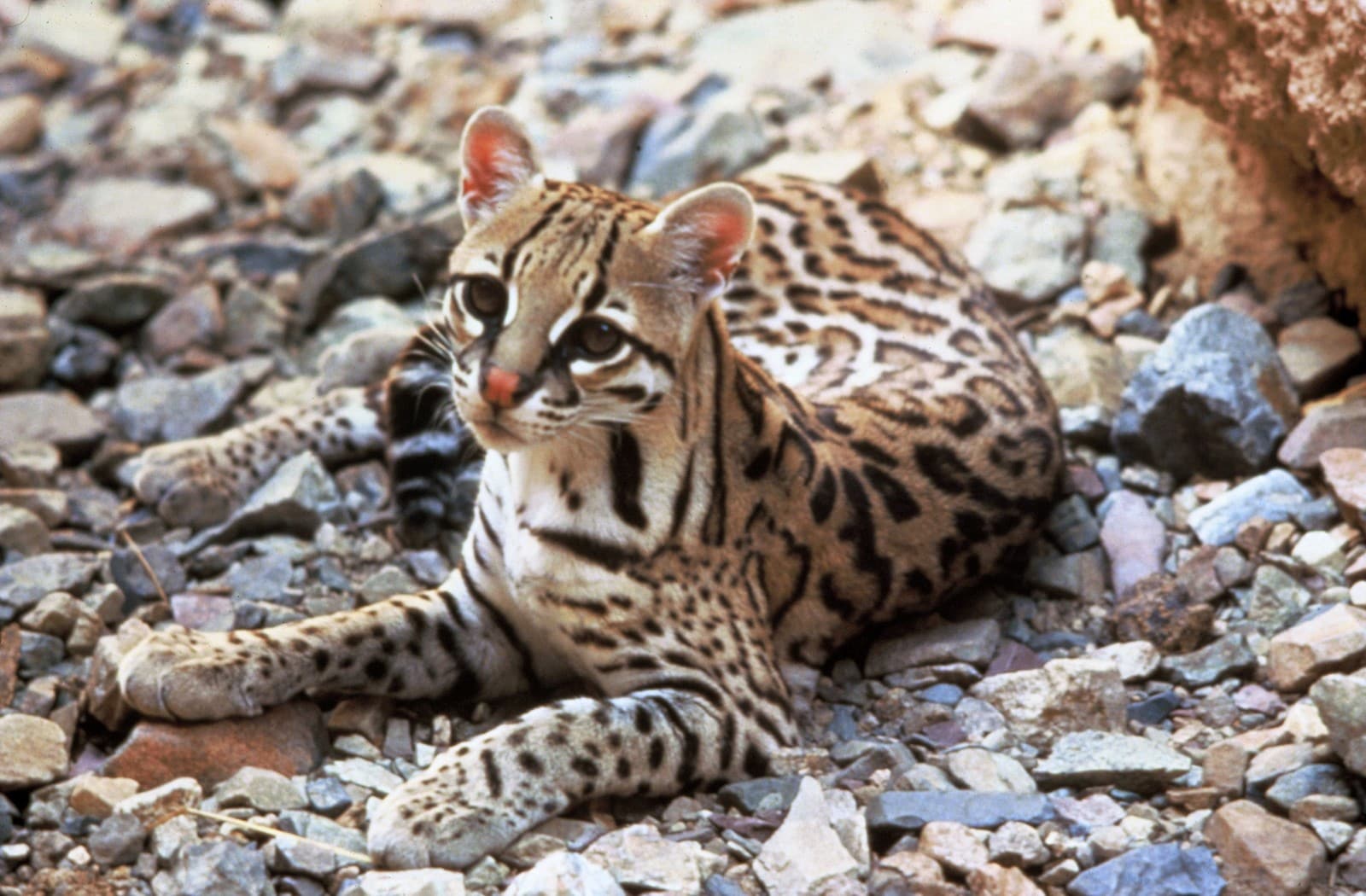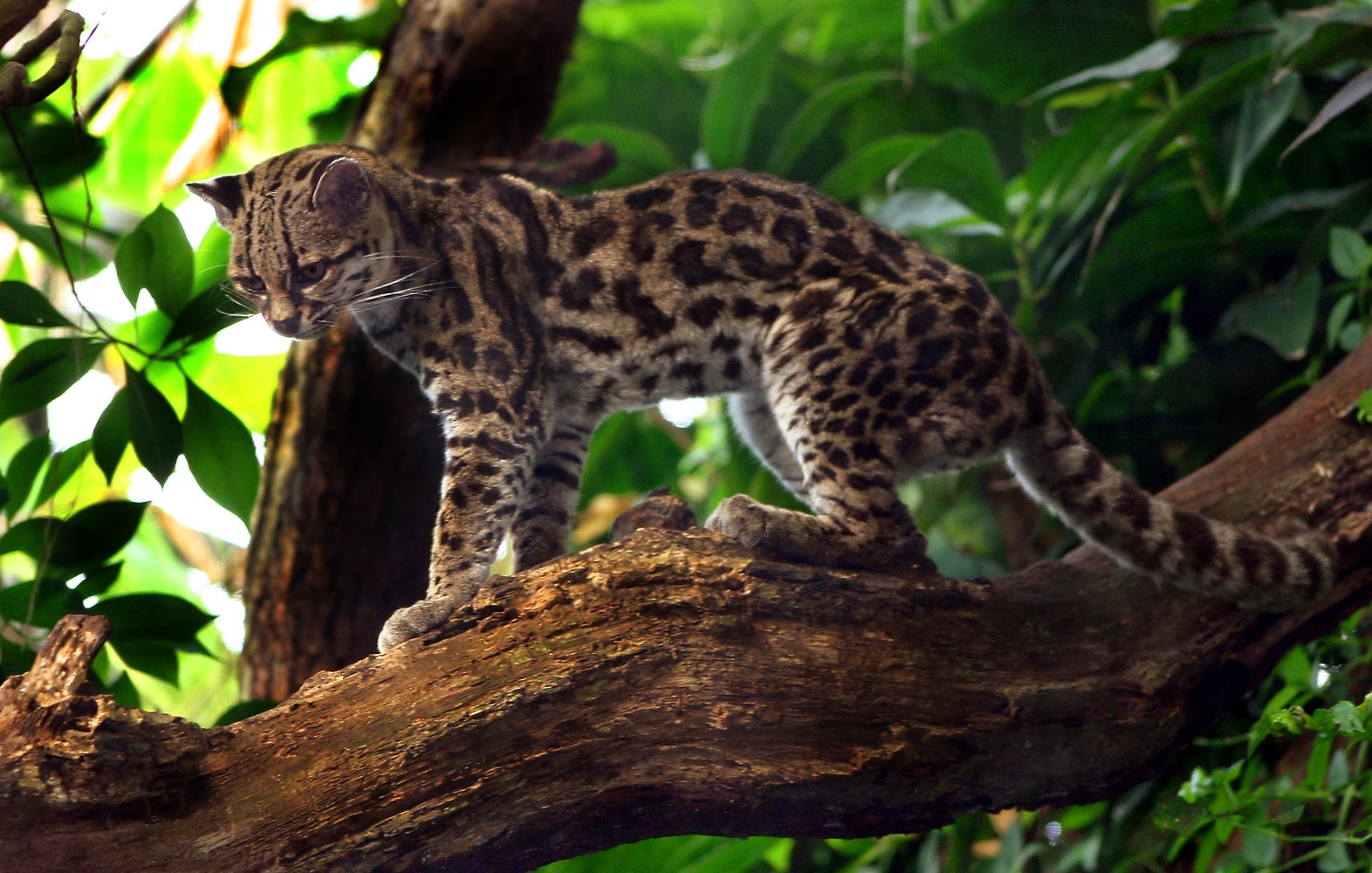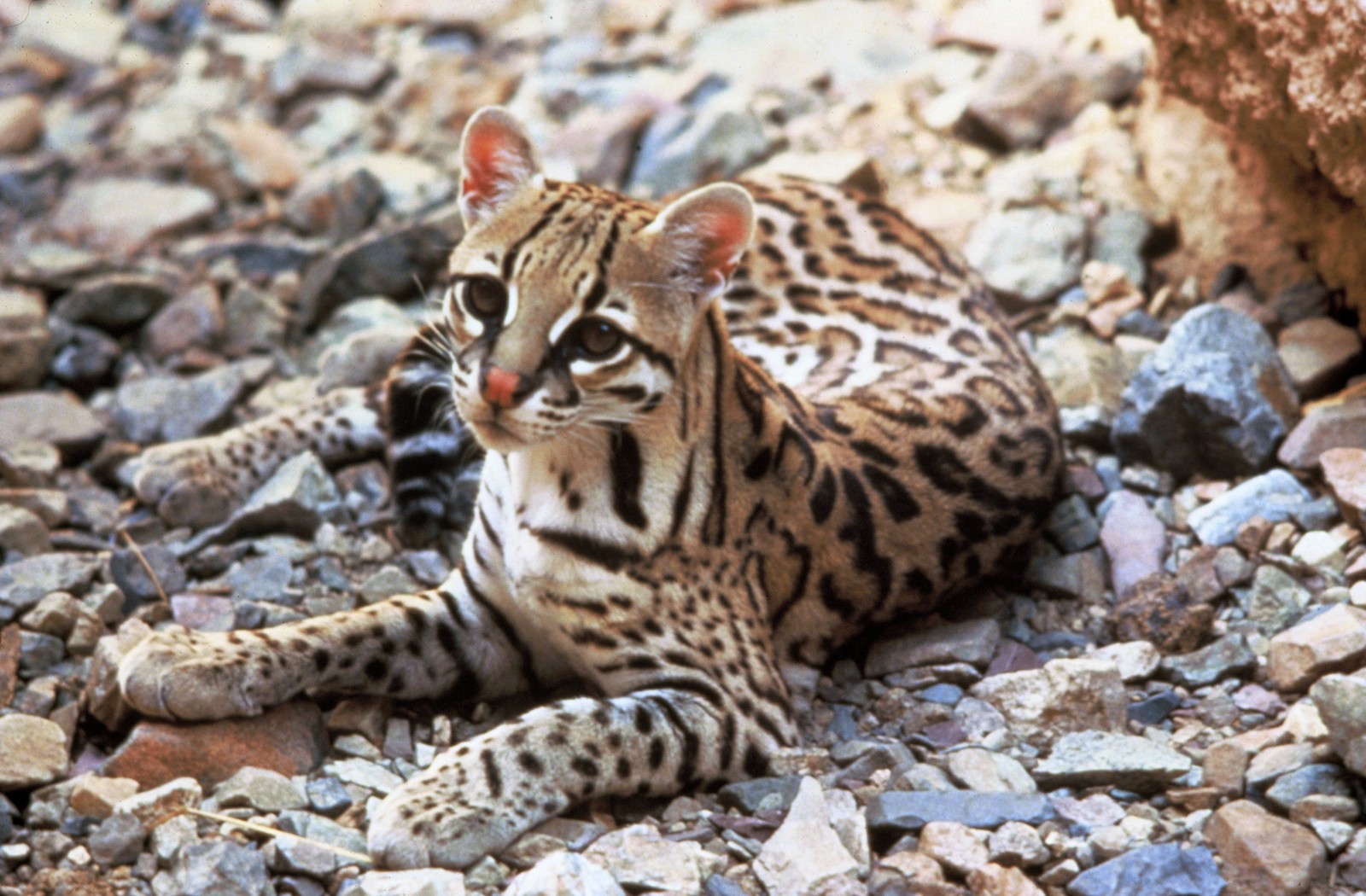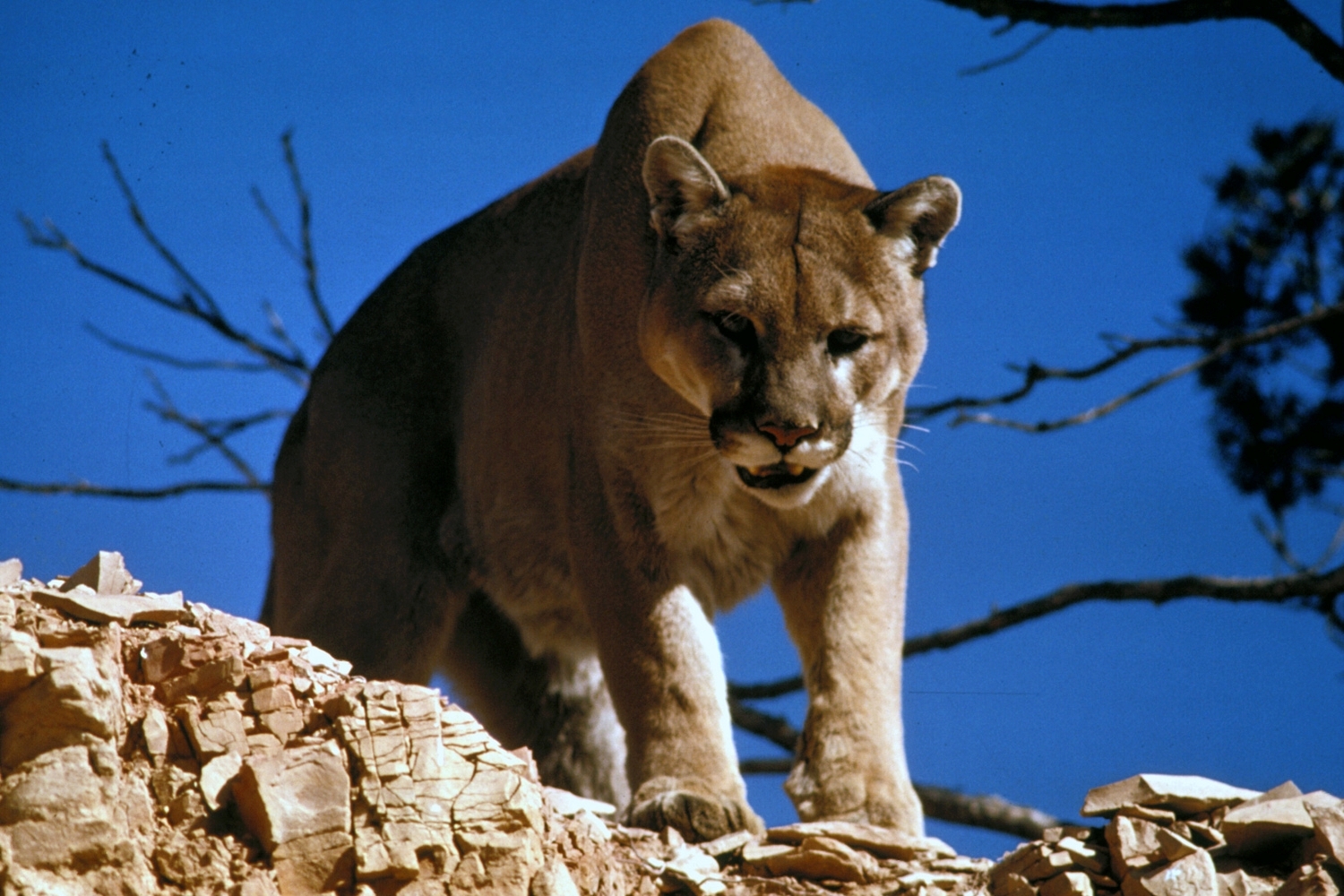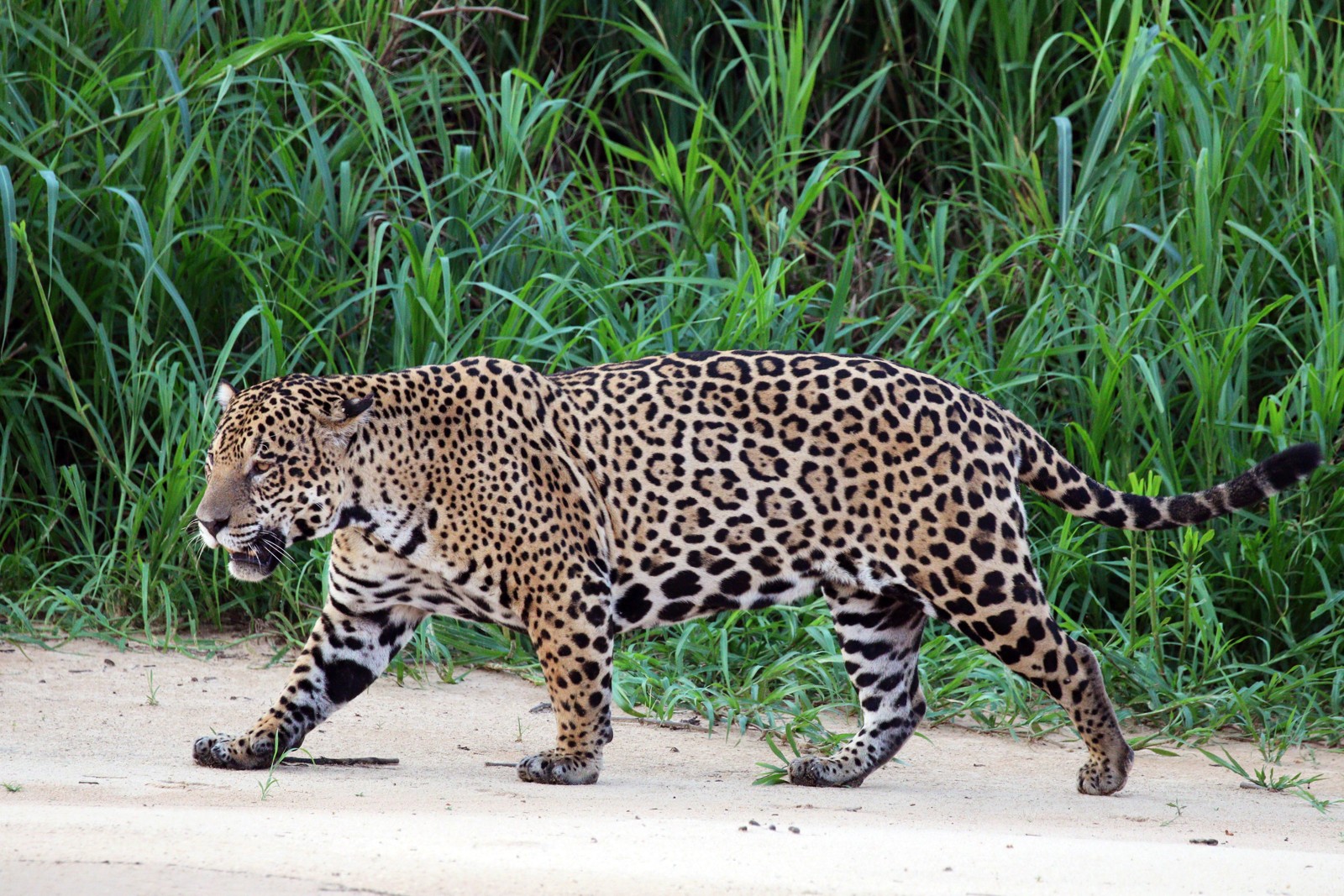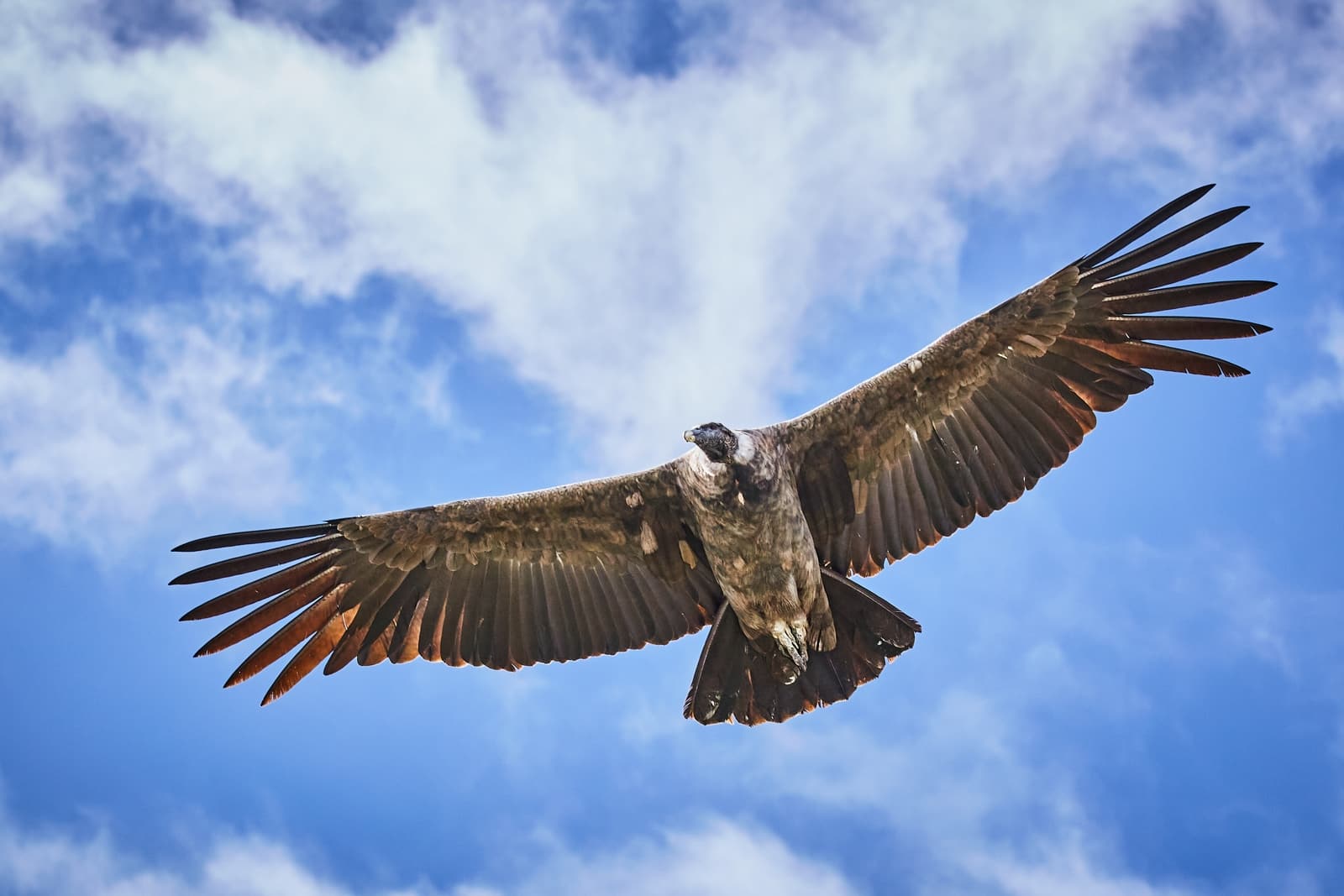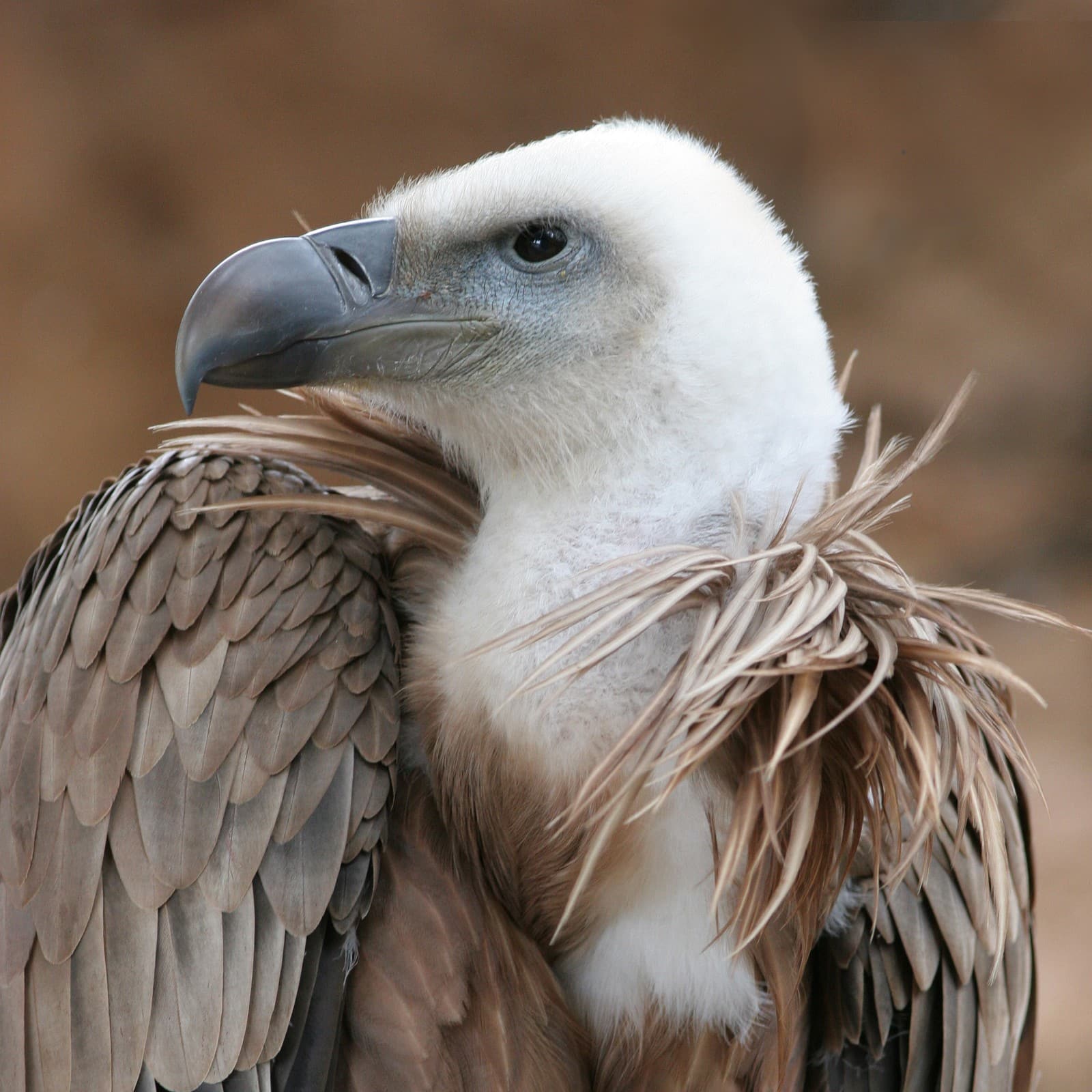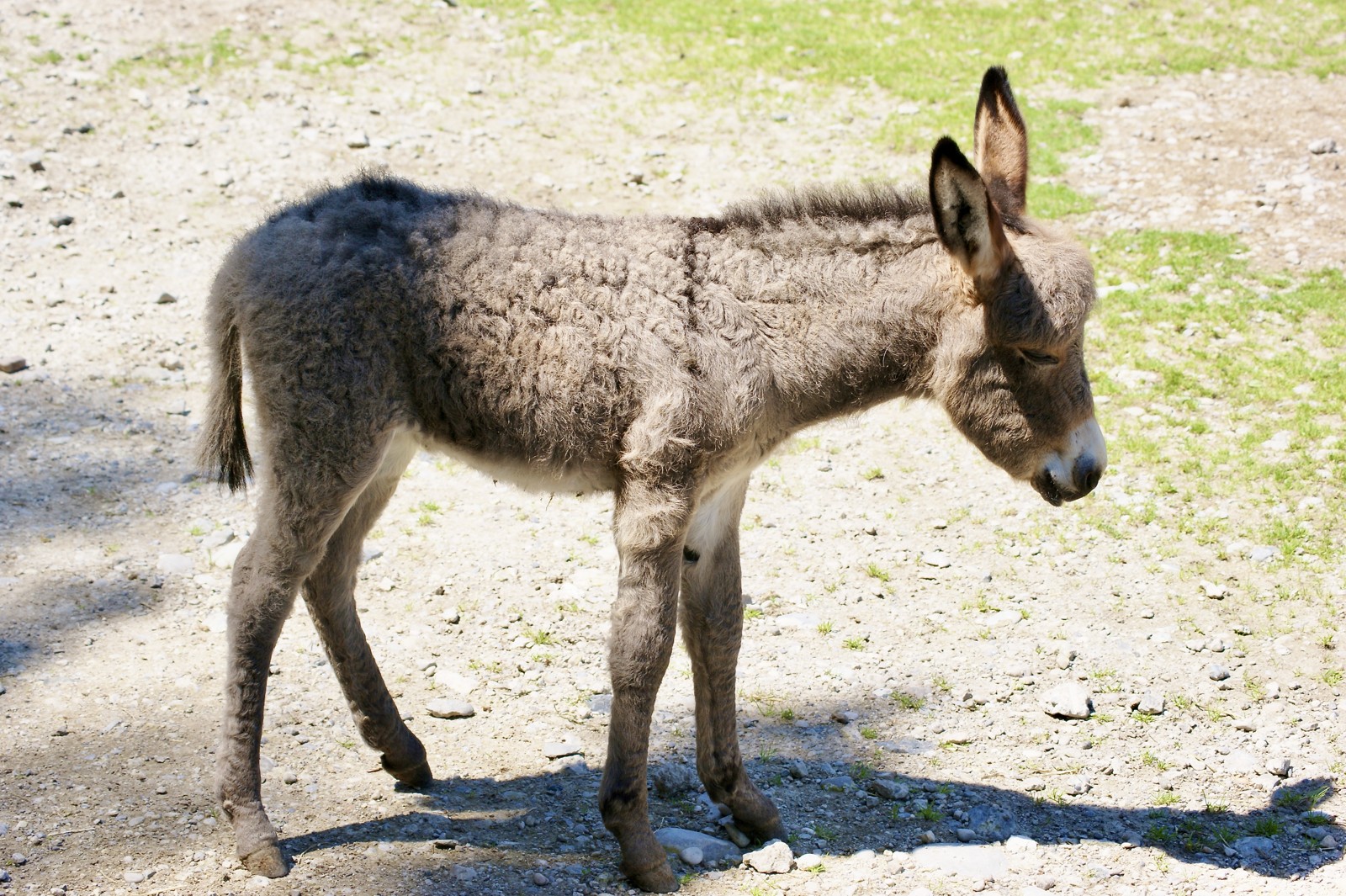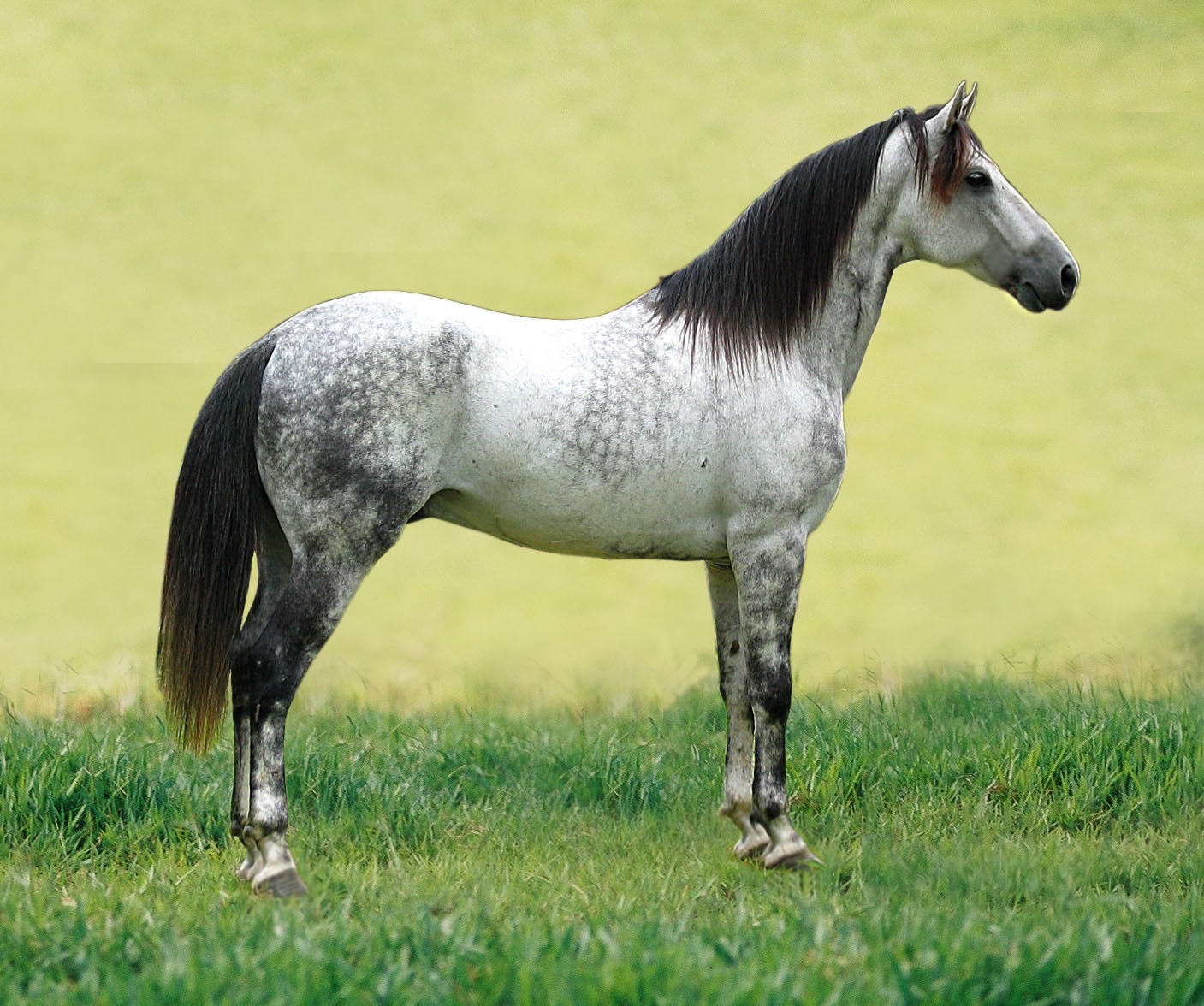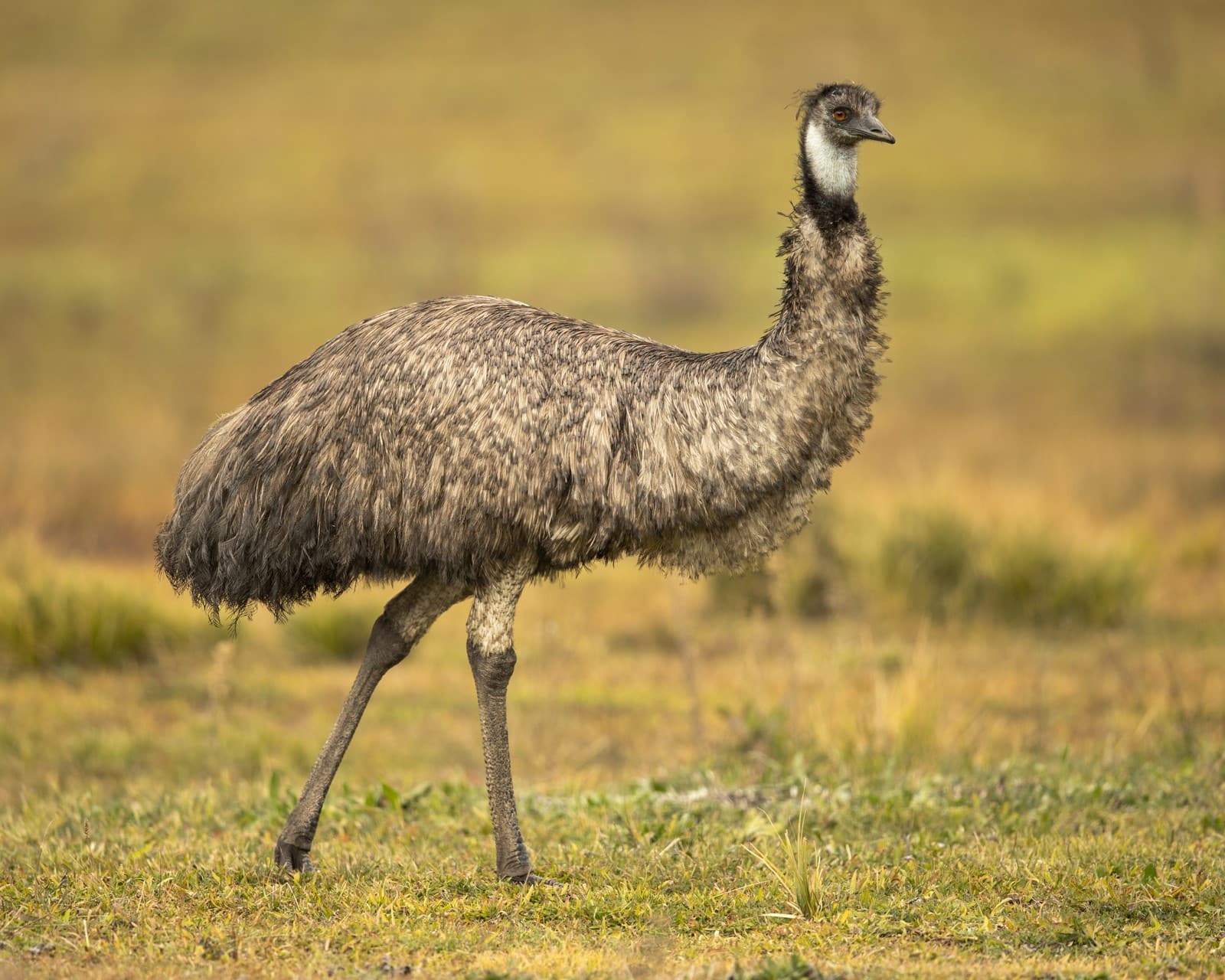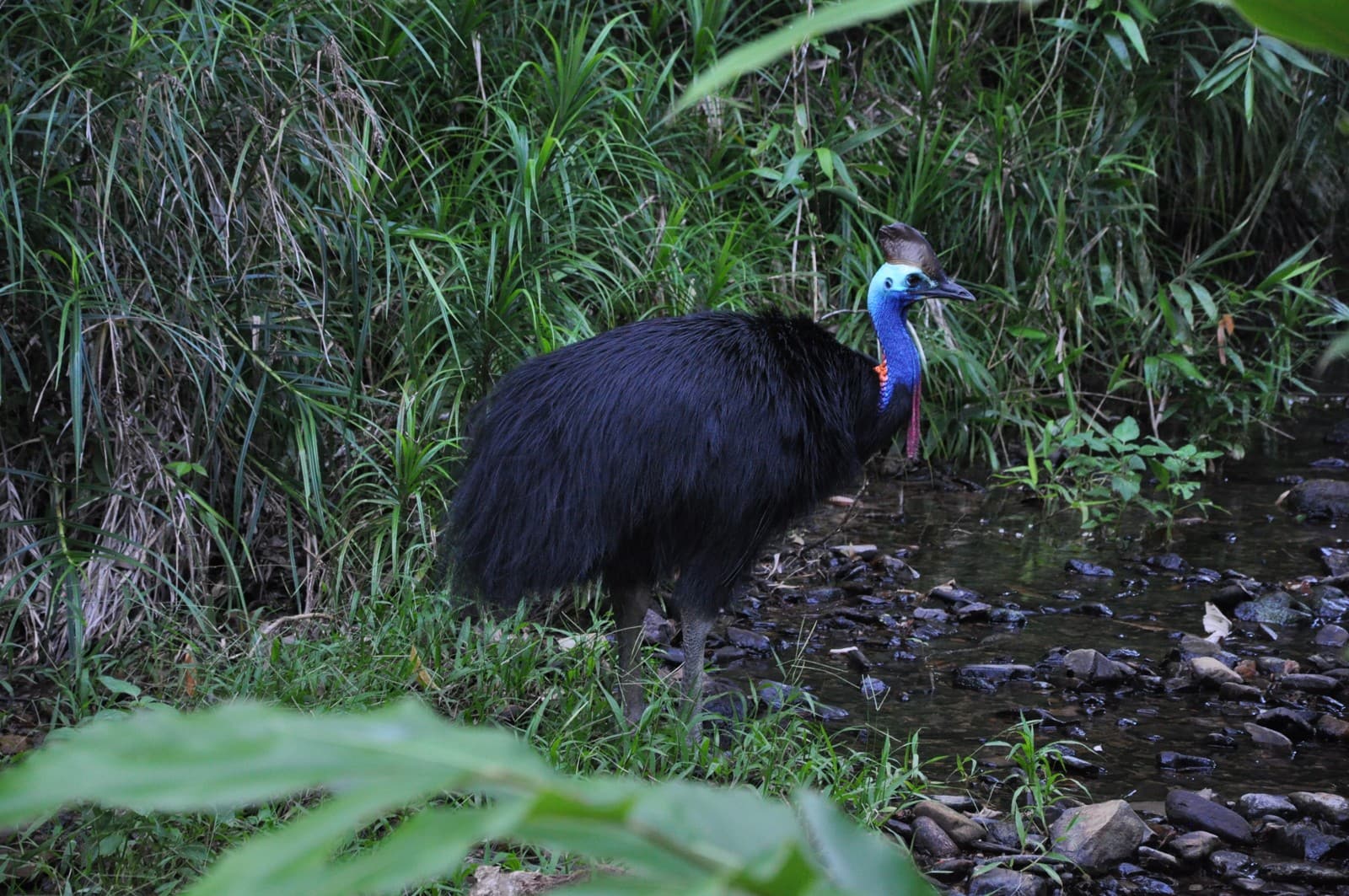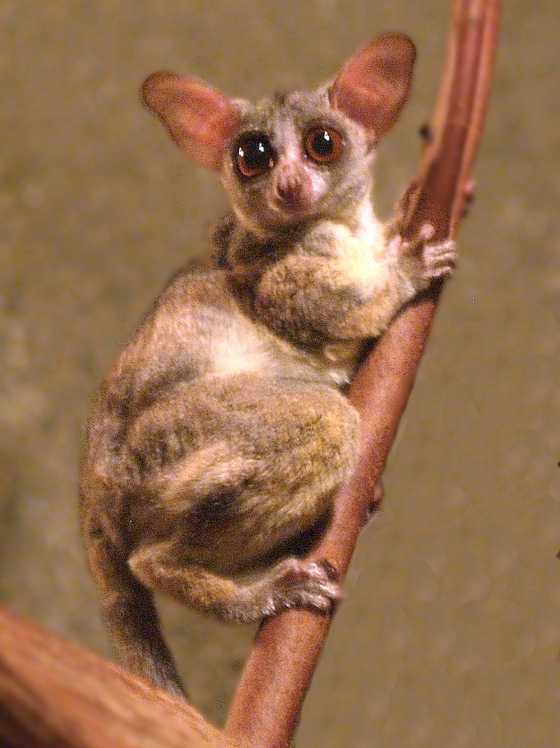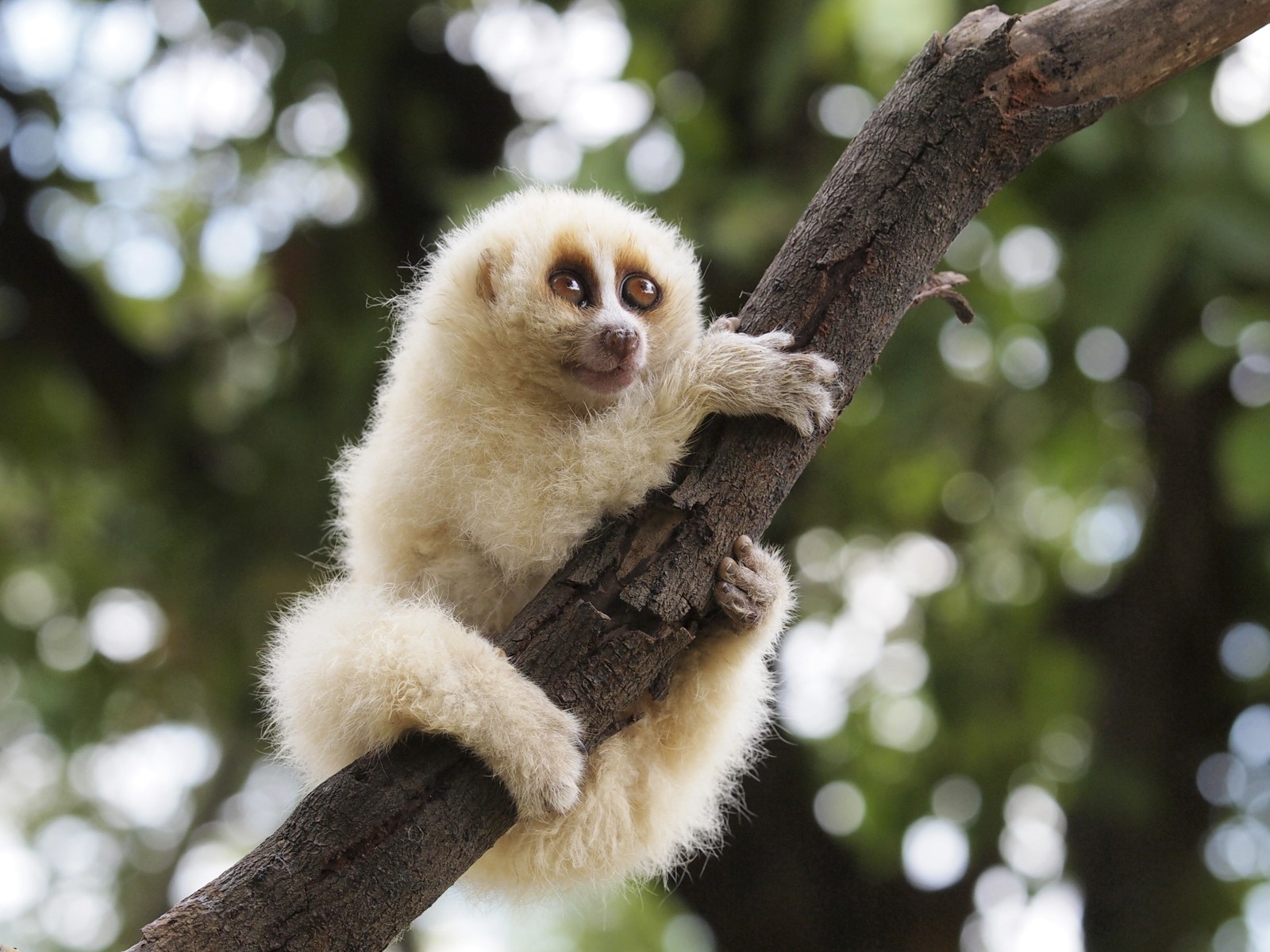Serval vs Ocelot: A Complete Comparison
When comparing the Serval vs Ocelot, we’re examining two remarkably different wild cats that have evolved to thrive in distinct environments. The Serval, standing 21-24 inches (54-62 cm) at the shoulder, is renowned for its extraordinarily long legs and African savanna adaptations. The Ocelot, meanwhile, measures 16-20 inches (41-51 cm) at the shoulder and has developed as a master of Central and South American forest environments.
These medium-sized wild cats, while both spotted, showcase fascinating evolutionary adaptations that set them apart. The Serval’s legs make up 40% of its standing height – the longest leg-to-body ratio of any cat species – while the Ocelot’s more compact build allows it to move effortlessly through dense jungle undergrowth.
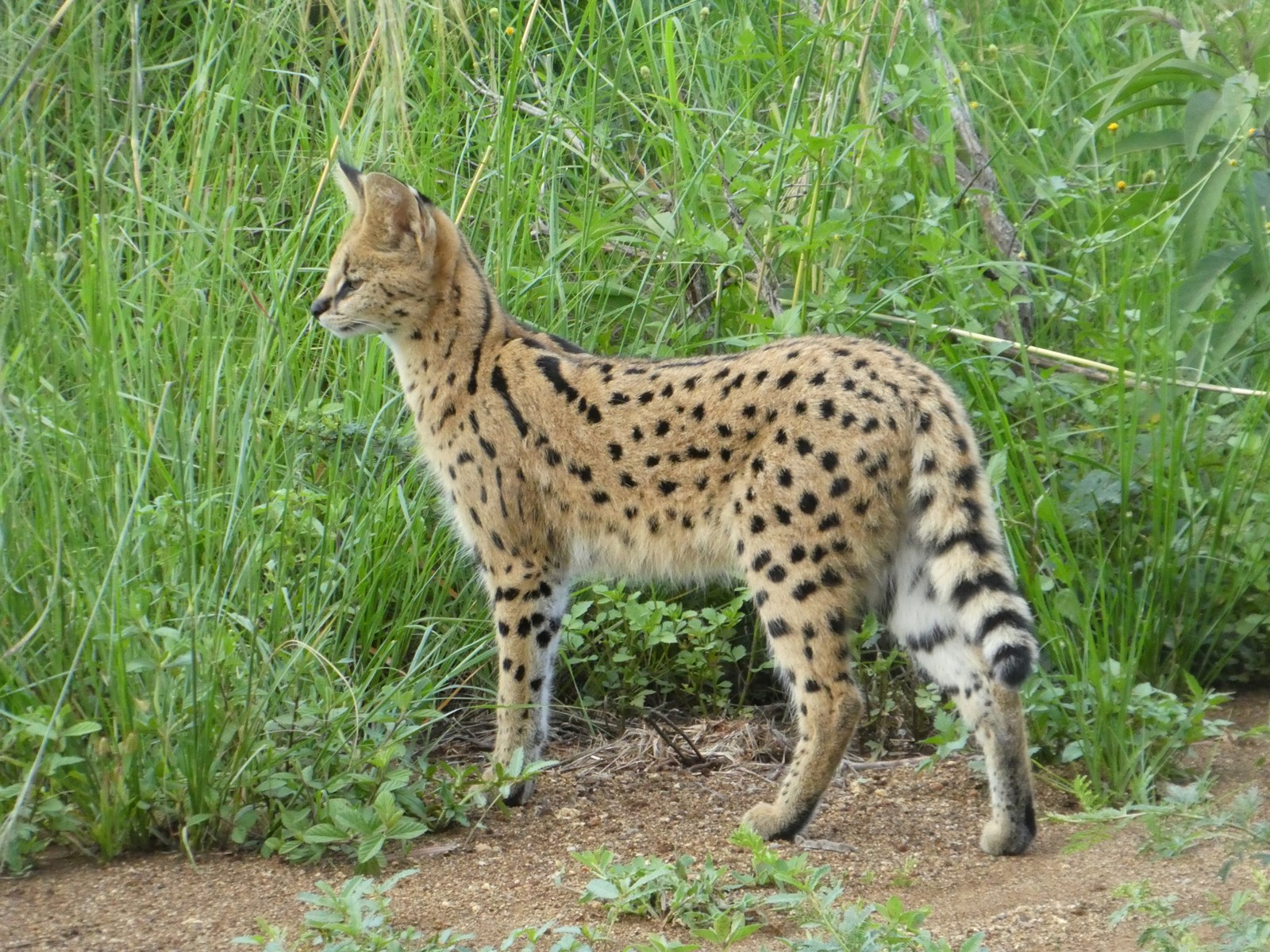
The Serval’s distinctive appearance showcases evolution’s perfect design for grassland hunting. Those remarkably long legs and neck allow this specialized hunter to peer over tall savanna grasses while listening for prey movement below.
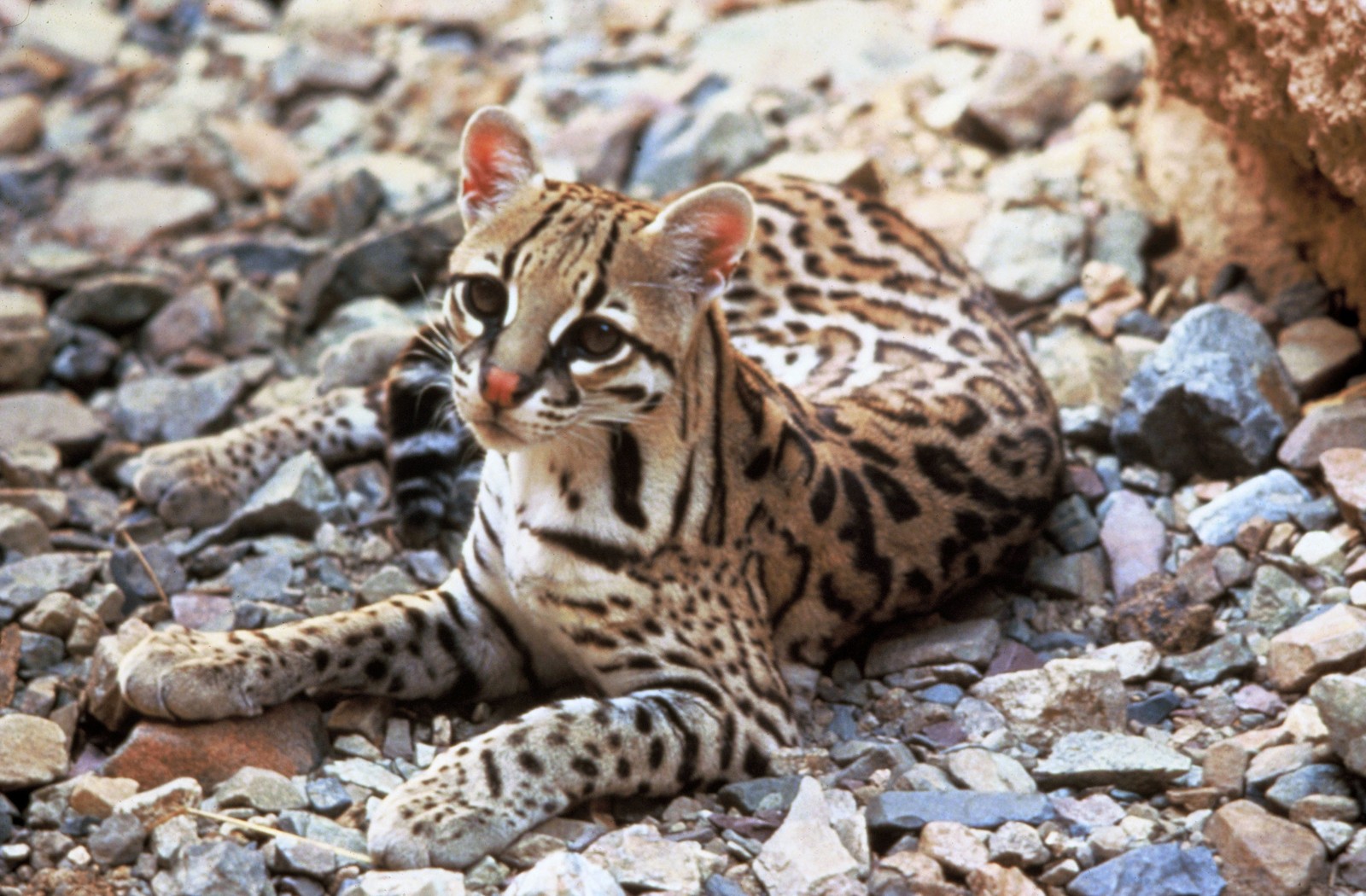
The Ocelot’s robust build and distinctive rosette pattern reflect its rainforest heritage. Its muscular frame and shorter legs are perfectly adapted for climbing and moving through dense vegetation.
Key Physical and Behavioral Differences
| Feature | Serval | Ocelot |
|---|---|---|
| Weight | 20-40 lbs (9-18 kg) | 18-35 lbs (8-16 kg) |
| Height | 21-24 inches (54-62 cm) | 16-20 inches (41-51 cm) |
| Habitat | African savannas and grasslands | Tropical forests of Americas |
| Hunting Style | High jumping, precision pouncing | Stalking, ground pursuit |
| Typical Prey | Rodents, birds, hares | Small mammals, fish, reptiles |
| Activity Pattern | Primarily diurnal/crepuscular | Strictly nocturnal |
Habitat and Distribution
The Serval thrives in sub-Saharan Africa’s grasslands, savannas, and wetlands, where its specialized hunting adaptations prove most effective. These cats require areas with adequate cover and access to water, typically avoiding dense forests and desert regions.
Ocelots inhabit a vast range from southern Texas through Central and South America, primarily in tropical and subtropical forests. These adaptable cats can also survive in marsh areas and grasslands, provided there’s sufficient cover and prey availability.
Hunting Techniques and Diet
Serval Hunting Specialization
- Success rate of 50% (highest among wild cats)
- Can leap up to 10 feet (3 meters) vertically
- Specialized in catching birds and rodents
- Uses large ears to detect prey movement underground
Ocelot Hunting Approach
- Expert at stalking through dense vegetation
- Primarily hunts on the ground
- Excellent swimming ability for catching fish
- Relies heavily on sight and sound for hunting
Conservation Status and Threats
Both species face significant challenges in the modern world, though their threats differ considerably. Servals are classified as Least Concern by the IUCN but face increasing habitat loss due to agricultural expansion. Ocelots, while also Least Concern, have historically suffered from extensive hunting for their fur and continue to face habitat fragmentation challenges.
Who Would Win in a Confrontation?
While such encounters would never occur naturally due to geographic separation, comparing their physical capabilities reveals interesting insights. The Serval’s longer legs and superior jumping ability give it advantages in open areas, while the Ocelot’s stronger build and climbing expertise make it formidable in forested environments. However, both cats typically avoid confrontation, focusing instead on their specialized hunting strategies for small prey.
Adaptations and Unique Features
Serval Specializations
- Longest legs relative to body size of any cat
- Enlarged auditory bullae for enhanced hearing
- Specialized paw pads for silent stalking
- Melanistic (black) variant occurs naturally
Ocelot Characteristics
- Exceptionally large eyes for night vision
- Powerful swimming abilities
- Distinctive rosette pattern unique among small cats
- Highly developed climbing capabilities
Through millions of years of evolution, both the Serval and Ocelot have developed remarkable adaptations that make them perfectly suited to their respective environments. While they share some common features as wild cats, their distinct specializations showcase nature’s amazing ability to craft unique solutions for different ecological niches.
